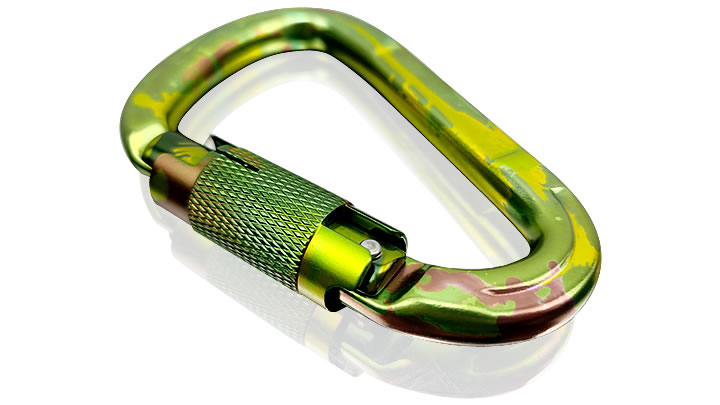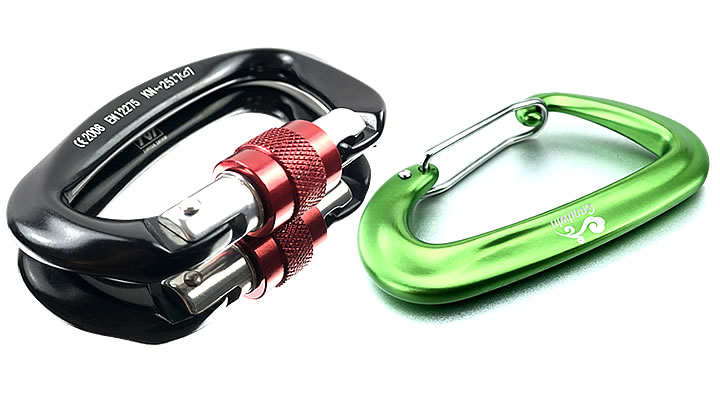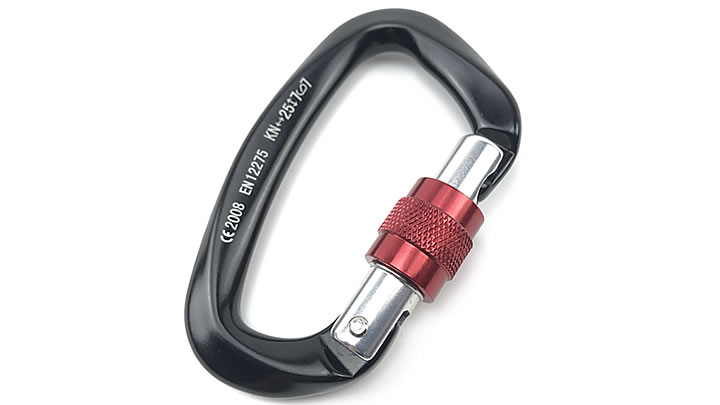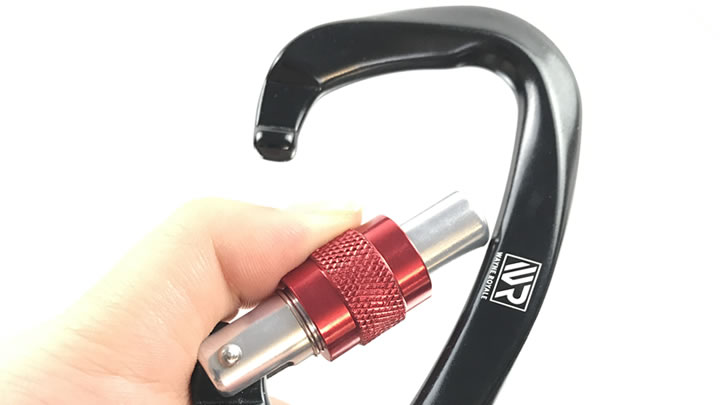Trekking pole weight capacity guide
When it comes to trekking gear, few items are as overlooked yet critical as trekking poles—especially their weight capacity. Understanding how much weight your poles can safely support isn’t just a matter of durability; it’s a key factor in your safety and performance on the trail. This guide breaks down everything you need to know about trekking pole weight capacity, from material differences to real-world usage considerations.
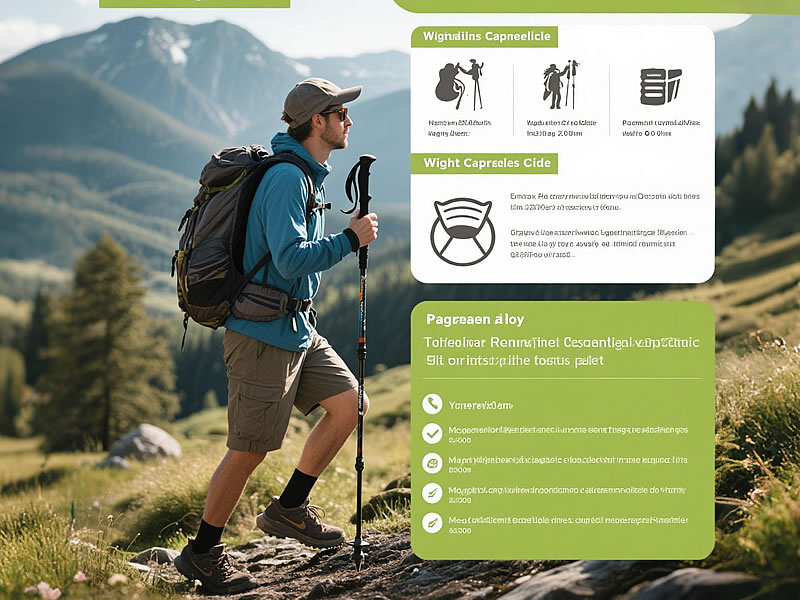
Why Weight Capacity Matters
Trekking poles aren’t just for balance—they absorb impact, reduce strain on knees and hips, and help distribute your weight across uneven terrain. Exceeding a pole’s weight limit can lead to bending, snapping, or sudden failure, which can result in falls, injuries, or being stranded in remote areas. Even if a pole doesn’t break immediately, overloading it weakens the structure over time, increasing the risk of failure on subsequent trips.
Material and Weight Capacity: What to Expect
The primary factor determining a trekking pole’s weight capacity is its material. Here’s how the most common options stack up:
- Aluminum: The workhorse of trekking poles, aluminum models (often 6061 or 7075 alloys) typically offer the highest weight capacities, ranging from 250 to 400 pounds. 7075 aluminum, known for its strength-to-weight ratio, tends to handle more weight than 6061. These poles are ideal for heavy packers, larger individuals, or rugged terrain where durability is paramount.
- Carbon Fiber: Lighter and more vibration-damping than aluminum, carbon fiber poles usually support 200 to 300 pounds. Their weight capacity varies based on the carbon weave density—higher-density weaves (like 100% carbon) offer more strength but are pricier. They’re popular for ultralight hikers or those prioritizing reduced fatigue on long trails.
- Hybrid Models: Some poles combine aluminum and carbon fiber (e.g., aluminum lower sections for strength, carbon upper sections for lightness). Their weight capacities fall between 220 and 350 pounds, balancing durability and weight.
- Calculating Your Needs: It’s More Than Just Body Weight
- A common mistake is assuming a pole’s weight capacity only needs to match your body weight. In reality, you need to account for total load, which includes:
- Your body weight
- The weight of your backpack (including gear, food, and water)
- Dynamic forces from impacts (e.g., jumping down a step, hiking downhill)
- For example, a 200-pound hiker with a 50-pound pack creates 250 pounds of static load. Add dynamic forces from uneven terrain, and the pole may experience 瞬间 loads of 300 pounds or more. Always choose a pole with a capacity that exceeds your total static load by at least 50 pounds to accommodate these variables.
- Factors That Reduce Effective Weight Capacity
- Even if a pole’s rated capacity seems sufficient, certain conditions can lower its performance:
- Age and Wear: Scratches, dents, or loose joints from previous use weaken the pole. Inspect poles regularly for signs of damage, especially around the locking mechanisms and carbon fiber sections (look for cracks or splinters).
- Temperature Extremes: Cold temperatures can make aluminum brittle, while excessive heat can degrade carbon fiber resins. In extreme climates, opt for aluminum poles, which are more temperature-resistant.
- Terrain Type: Rocky, steep, or icy trails increase stress on poles. If you frequently hike challenging terrain, prioritize higher-capacity aluminum models.
- Improper Use: Using poles to lift heavy objects, wedge them in crevasses, or support full body weight during climbs can exceed their design limits, even if your total load is under the rated capacity.
- How to Find a Pole’s Weight Capacity
- Manufacturers typically list weight capacity in product specs, but it’s not always labeled clearly. Look for terms like “maximum load,” “weight limit,” or “support capacity” in the product description or user manual. If unsure, contact the brand directly—reputable companies (like Black Diamond, Leki, or Cascade Designs) will provide this information promptly.
- Safety Tips for Maximizing Pole Longevity
- Match poles to your activity: Use high-capacity aluminum poles for backpacking with heavy loads; save carbon fiber poles for day hikes or light treks.
- Avoid over-tightening locks: Overcranking lever locks or twist locks can stress the pole sections, reducing their strength.
- Store poles properly: Keep them away from extreme temperatures and avoid leaning heavy objects on them during storage.
- Replace worn parts: Damaged baskets, tips, or locks can alter how weight is distributed, increasing strain on the pole itself.
- Final Thoughts
- Your trekking poles are silent partners on the trail, and their weight capacity is a non-negotiable detail. By choosing poles that exceed your total load, accounting for dynamic forces, and maintaining them properly, you’ll ensure they’re there to support you when you need them most. Whether you’re tackling a multi-day backpacking trip or a casual day hike, prioritizing weight capacity is a small step that makes a big difference in safety and performance.

